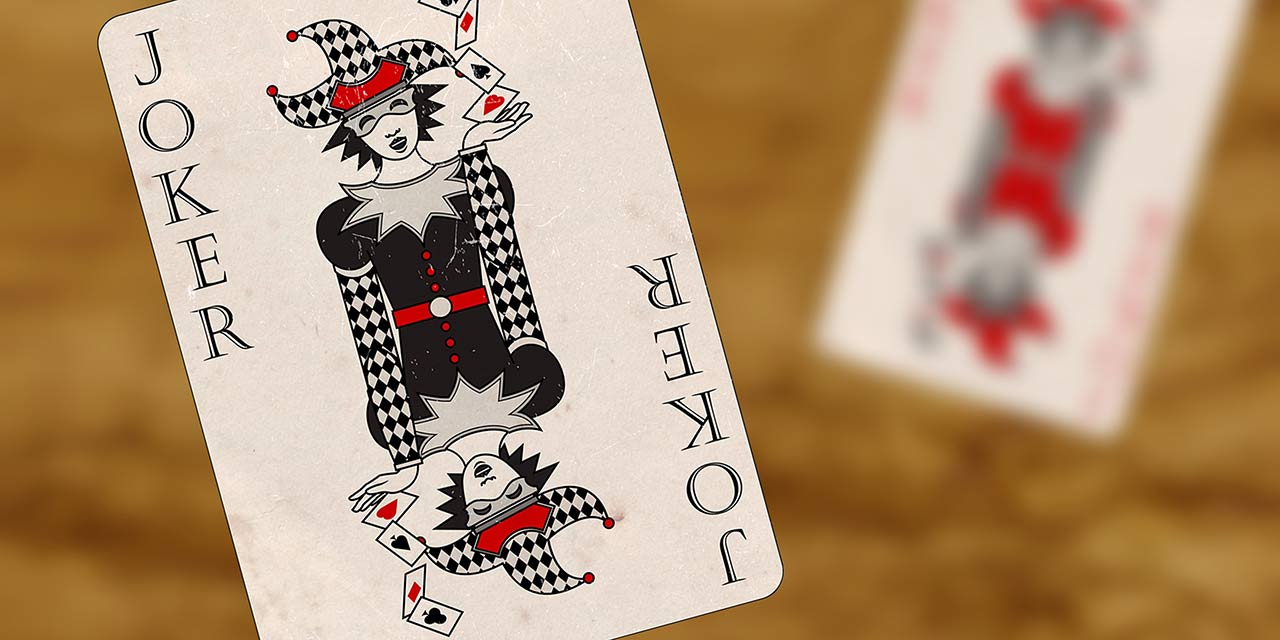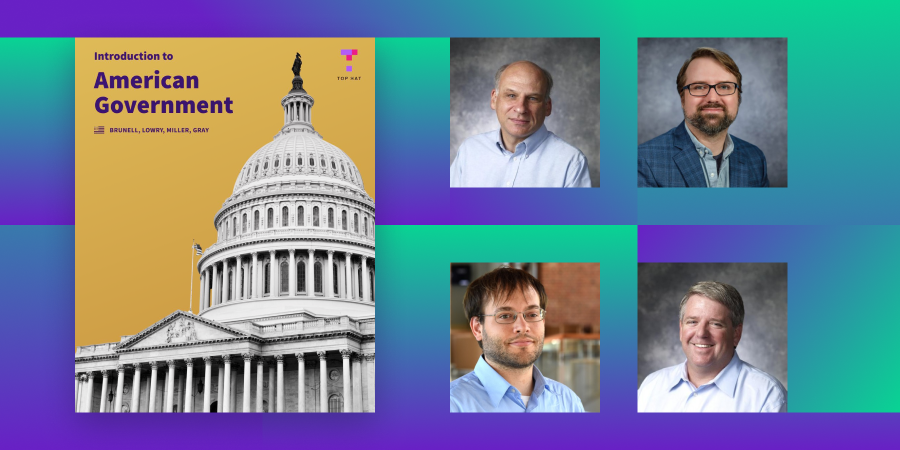For an interactive textbook to be effective, textbook writers have to be prepared for unorthodox answers from students. That’s just one takeaway that Professor Stephen Buckles, senior lecturer in economics at Vanderbilt University, delivered during our recent webinar on customizable content.
Professor Buckles, who teaches an introductory economics class, generally teaches a cohort of 300 students at one time. Even though the class is large, he asks students to talk to one another to discuss concepts because, says Buckles, they learn by going through ideas, not by reading.
“I ask them to respond to issues, to questions, to challenges,” he says. “I can’t do that alone by simply going through an example.” To help students process concepts, he assigns papers and quizzes out of class.
Learning by doing is a core part of Buckles’ teaching style. For students to reach understanding on their own terms, a technological solution was required.
Students' expectations are higher. Competition for time is more intense. "I can't compete with current technology. I decided to join them."
— Top Hat (@TopHat) June 22, 2017
Buckles and his team of 15 writers met this challenge by baking graphs, exercises and assignments right into the textbook itself. “We’re creating steps and thinking, and trying to create feedback for a variety of different responses by students.”
Of course, some of those responses can be quite surprising. Students are “quite capable of coming up with answers and ideas that we’ve never thought about. That pushes us, and it’s a good learning experience for myself and also for the co-authors.”
Even though there’s an extra dimension in making sure an interactive textbook covers as much of the imaginative reasoning of a student as possible, any process is worth doing if it’s in the service of learning.
Audience Q: Why did you build the textbook on Top Hat? A: For one, the ability to give feedback throughout the text… not just at the end.
— Top Hat (@TopHat) June 22, 2017


